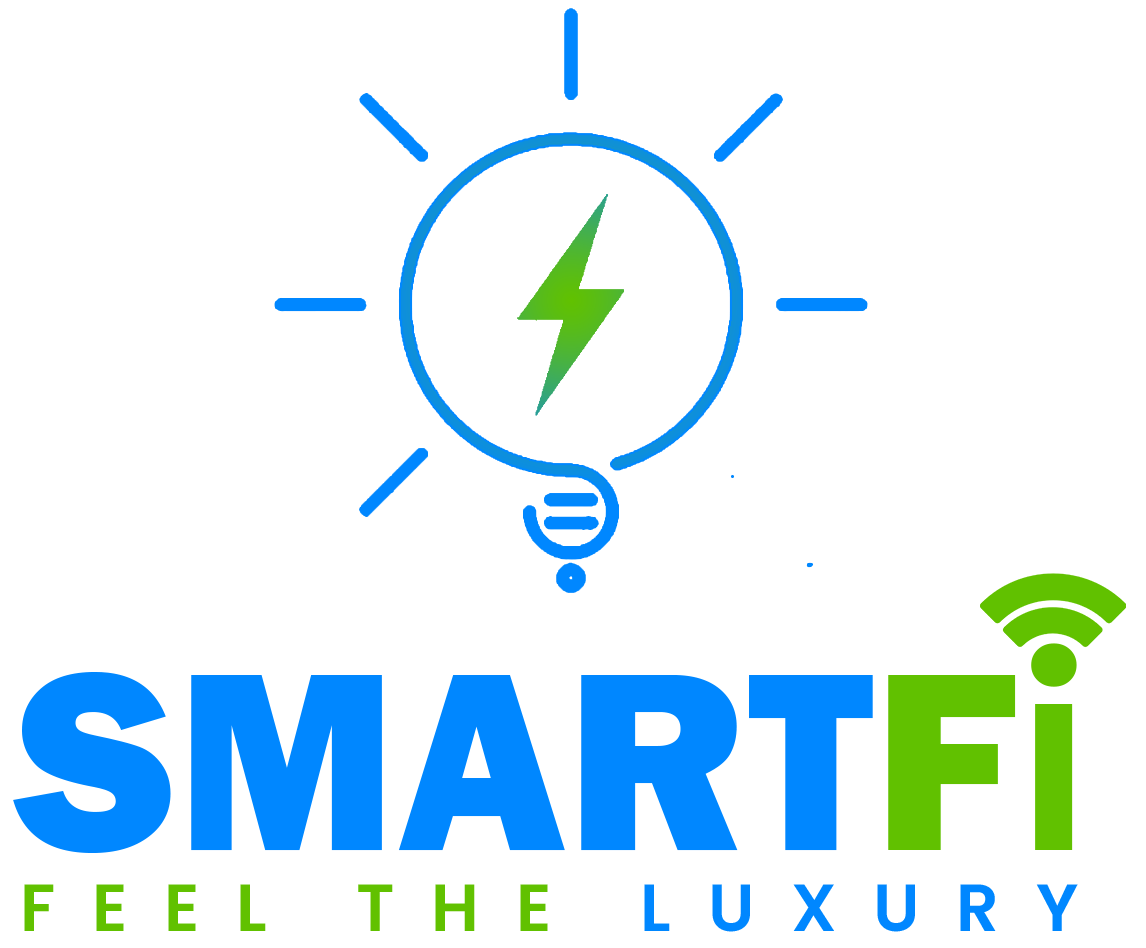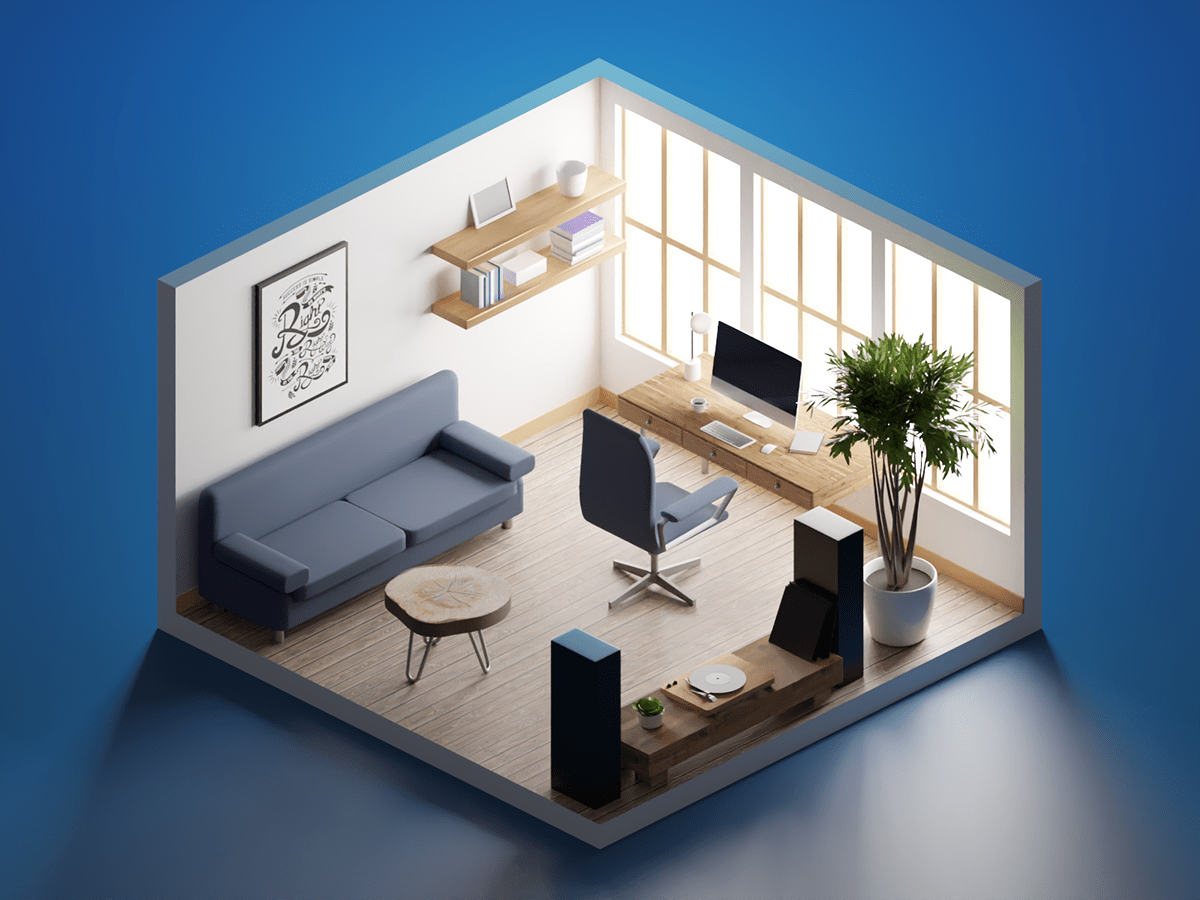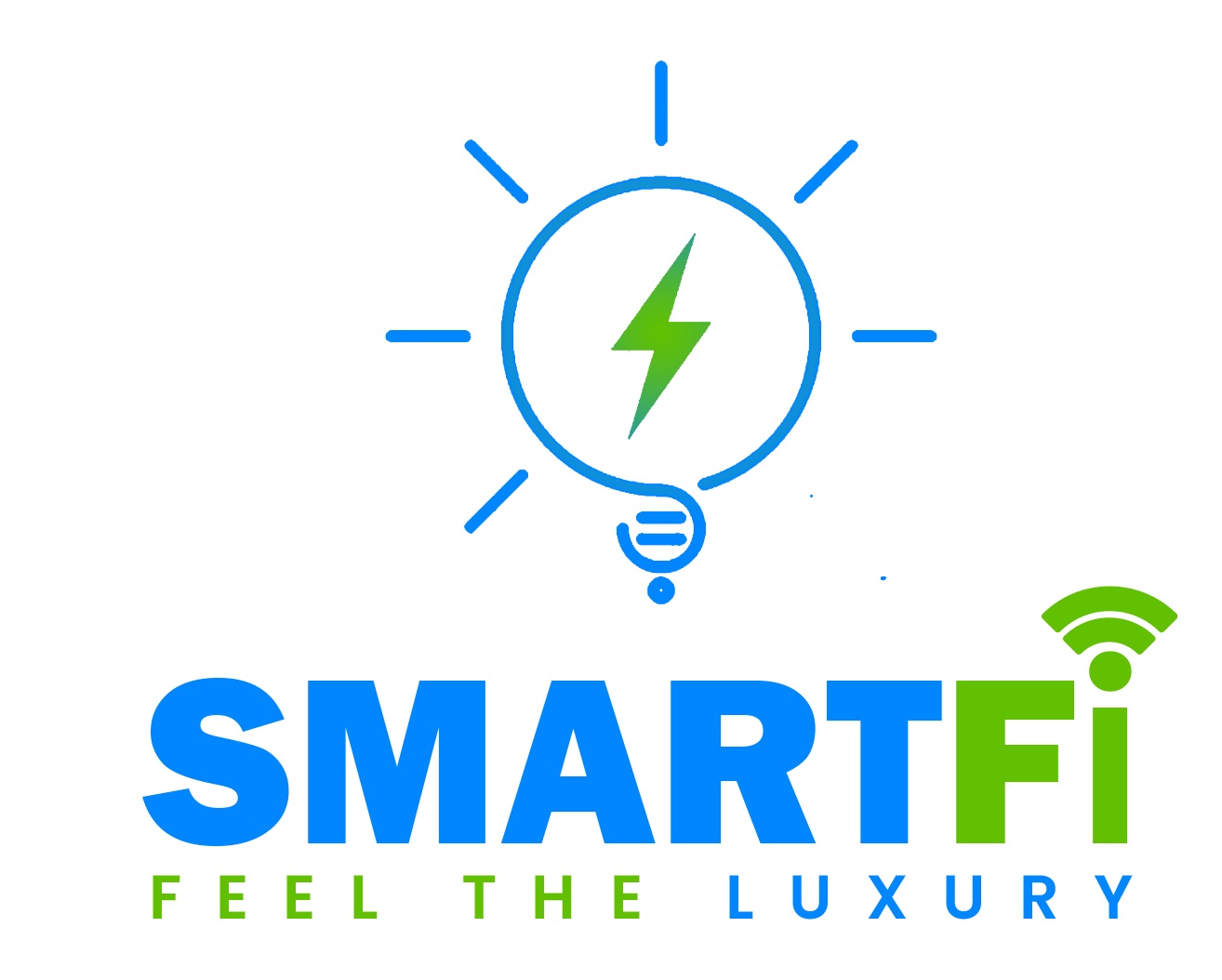

EXPERIENCE THE FINE LIVING
Home Automation gives you access to manage devices in your home from a mobile device anywhere in the world. The word automation could even be used for isolated programmable devices, like thermostats and sprinkler systems, but home automation more accurately describes homes during which nearly everything — lights, appliances, the electrical outlets, heating, and cooling systems — are attached to a remotely controllable network.
From a home security perspective, this also includes your alarm, and each one among the doors, windows, locks, smoke detectors, surveillance cameras, and therefore the other sensors that are linked thereto.
Home Automation Developments:
In this case involving only lighting, heating, and cooling systems, building automation rarely provided quite basic control, monitoring, and scheduling functions and was accessible only from specific control points within the building itself.
Home automation could also be a step toward what's mentioned because the “Internet of Things,” during which everything has an assigned IP address, and should be monitored and accessed remotely.
The first and most blatant beneficiaries of this approach are “smart” devices and appliances which can be connected to a neighborhood area network, via Ethernet or Wi-Fi.
Anyhow electrical systems and even individual points, like light switches and electrical outlets, were also integrated into home automation networks, and businesses have even explored the potential of IP-based inventory tracking.
Even though the day remains far away when you’ll be able to use your mobile browser to trace down a lost sock, home networks are capable of including an increasing number of devices and systems.
Automation:
Automation is predictable, one of the 2 main characteristics of home automation. Automation refers to the facility to program and schedule events for the devices on the network.
The programming may include time-related commands, like having your lights activate or off at specific times each day. It can also include the events which are not prepared like turning on all the lights in your home when your security system alarm is triggered.
Remote Control:
The other important feature of cutting-edge Home Automation is remote monitoring and access. While a limited amount of one-way remote monitoring has been possible a couple of times, it’s only since the rise in smartphones and tablets that we could truly attach with our home networks while we’re away.
With the right Home Automation system, you'll use any Internet-connected device to seem at and control the system itself and any attached devices.
Monitoring apps can provide a wealth of knowledge about your home, from the status of this moment to an thorough history of what went on up to now. you'll check your security system’s status, whether the lights are on, whether the doors are locked, what the temperature of your home is, and much more.
With cameras as a neighborhood of your home automation system, you'll even pull up real-time video feeds and see what’s happening in your home while you’re away.
Even simple notifications are often used to perform many important tasks. you'll program your system to send you a text message or email whenever your security system registers a possible problem, from severe weather alerts to motion detector warnings to fireside alarms.
The truth hands-on control comes in once you begin interacting with the house automation system from your remote app. additionally to arming and disarming your security system, you'll reprogram the scheduling, lock and unlock doors, reset the thermostat and adjust the lights all from your phone, from anywhere within the world.
The manufacturers are creating more and more “smart” devices and appliances all the time, the probabilities for home automation are virtually limitless.
Home Automation Components:
What kinds of things are often a neighborhood of a home automation system? Ideally, anything which can be connected to a network are often automated and controlled remotely. within the world (outside of research labs and thus the homes of the rich and famous), home automation most commonly connects simple binary devices. This includes the function of “on and off” devices like lights, power outlets, and electronic locks, but also devices like security sensors which have only two states, open and closed.
Where Home Automation becomes truly “smart” is within the Internet-enabled devices that attach to this network and control it. The classic control unit is that the pc , which a lot of of the earlier home automation systems were designed.
Today’s Home Automation systems are more likely to distribute programming and monitoring control between an obsessive device within the house.
Manufacturers have produced an honest kind of “smart” devices, many of which are crammed with innovative features but few of which supply the sort of integration needed to be a part of an entire home automation system. Much of the matter has been that each manufacturer features a special idea of how these devices should be connected and controlled.
So while you'll have a “smart” TV, washer, refrigerator, thermostat, kitchen appliance, or any of the opposite Internet-ready household devices on the market, the result's usually a separate control scheme for every device.
Shortly, home automation could even be standardized to permit us to really take advantage of all of these additional possibilities. For the nonce, the house security providers that consider home automation have focused on the foremost critical and useful parts of a connected home.
At a basic level, this means the doors and windows and environmental devices (thermostat, smoke detectors, temperature, humidity, fire, and CO2 sensors) that keep you safe and comfy.
For other real-time security, convenience, and control, home automation systems from security providers should also include options for video cameras. With the only systems, you’ll even be able to include lights and individual electrical outlets into your home automation package. Smartfi.in is the best site to refer about the home automation. It gives detailed information about Home Automation.



